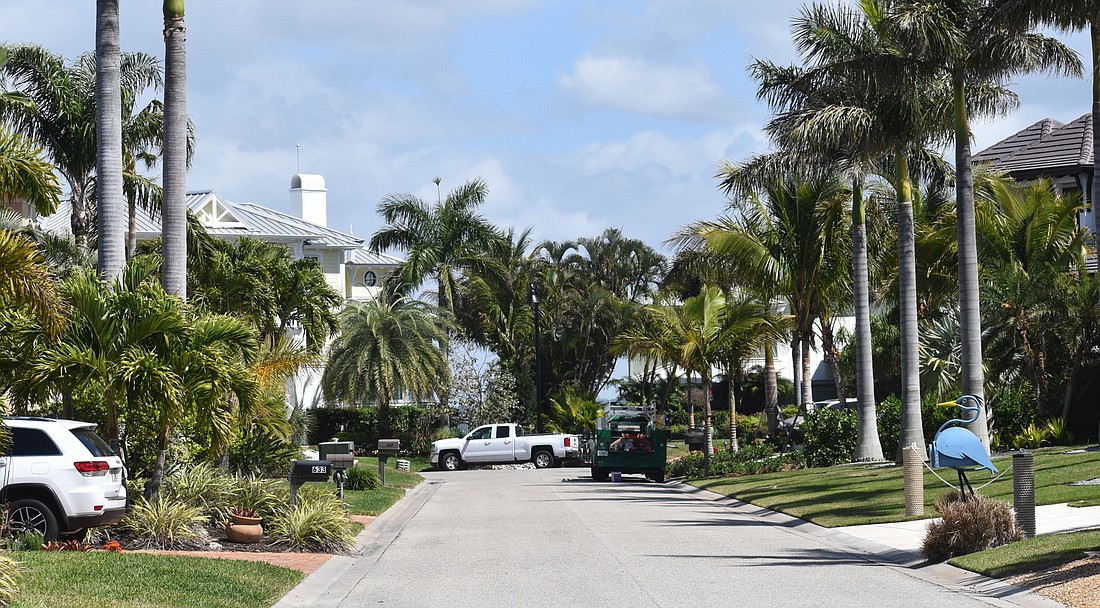- April 26, 2024
-
-
Loading

Loading

For Mike Malliard of MIC Insurance, it’s not so much what new federal flood maps will show; it’s what they will mean for both existing Longboat Key residents and those either moving to the island full time or preparing to buy a vacation home here.
The Federal Emergency Management Agency, which issues flood-risk maps on which federal flood-insurance coverage is based, in August 2021 finalized its work for Manatee County, culminated by County Commission approval.
Now, Sarasota County maps are in the works, though a time frame for completion is not yet known.
According to Malliard and James Linkogle, the project manager for Longboat Key’s Public Works Department, big changes are on the way that could cost residents more for flood coverage, even if properties’ flood-risk statuses either stay the same or even improve.
In the industry, experts refer to the changes in the way FEMA assesses risk as Risk Rating 2.0 because of the broad departure from previous methodology that simply looked at what type of flood zone in which a property resided. Now, Malliard said, such factors as building value are part of the mathematics that determine flood insurance rates.
"The flood 2.0 in my industry is really known as the 'equity change,'" he said. "We’ve talked about elevation, but really the biggest driver of pricing differences under the new FEMA 2.0 is an equity-driven concept. So if I have two homes the same elevation, the same flood zone and one is a more expensive home, that policy is going to be exponentially higher in price."
Rates can’t rise more than 18% a year on an existing contract, and they can be carried over from buyer to seller. If an insurance contract isn’t carried over, though, a new owner can be shocked by the instant price climb to market rates, he said.
Malliard said the contract between a policy holder and the federally backed flood insurance provider now is a simple matter of the more valuable that a property is, the more money the insurer is going to charge. He added that elevation certificates are likely on the way out as a more sophisticated forms of mapping take over from one based on ground surveying to one crafted by aircraft flying above an area and mapping elevation changes with LIDAR, a system similar to radar that can be far more precise from property to property.
Malliard said that under the previous system it was fairly straight-forward to quote a flood insurance premium based on a small data set including location, elevation and base coverage. He said it’s long been the case the premiums between primary residences and second residents have differed. (Case in point: $2,500 for a Country Club Shores home versus about $9,000 for the same home as a second residence.)
"The feds were trying to send a signal that they will more heavily subsidize your primary home,’" he said. "They’re not going to subsidize your secondary homes. That was the philosophy they were sending."
Malliard said the new system takes into account not only time of occupancy but also square footage and construction value. Malliard said sellers of homes would be wise to optimize their flood coverage before hitting the market and make it known to buyers that it can be transferred during the sale.
Aside from changes in insurance driven by new FEMA maps and policies, town leaders said that they too are preparing for changes but to town building codes and regulations.
One issue Malliard suggested was placement of home machinery, such as air conditioning equipment, water heaters, washers and driers. He said it might make sense to either urge or require such machinery to be at the same level as the home’s first living level, which could reduce risk and insurance exposure.
Mayor Ken Schneier said the town in the next months will be working through potential building code changes that could ultimately help save residents and property owners some money.
"As a result of all this, are there recommended changes that we may want to address in our zoning code so that we can, No. 1, comply if that’s the right issue and, No. 2, take advantage of opportunities to perhaps improve our position, our residents’ position vis-a-vis increased insurance rates," he said. "And those are things we will be looking at some time in he future the relatively near future."